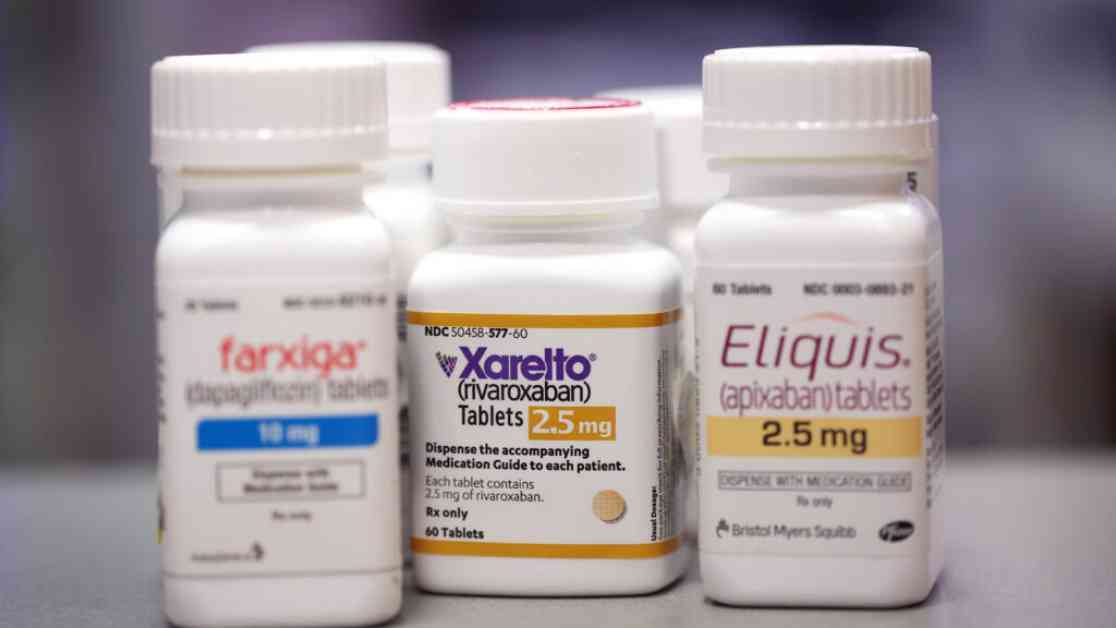Understanding the Impact of New Medicare Drug Prices: What You Need to Know
On August 16, 2024, the Centers for Medicare & Medicaid Services released the Maximum Fair Prices (MFPs) for the first 10 drugs subject to negotiation under the Inflation Reduction Act. This marked a significant moment in prescription drug pricing policy, as it provided transparency around the actual net prices for drugs to be paid by the single largest purchasers in the U.S. President and CEO of the Institute for Clinical and Economic Review, Sarah K. Emond, described this event as a Health-Policy-Wonk Festivus for many individuals interested in healthcare policy.
The negotiation of drug prices under the Inflation Reduction Act allowed CMS to analyze current clinical evidence, unmet needs, and other related considerations to determine the prices of these 10 drugs. This initiative is aimed at delivering savings to seniors and taxpayers for drugs that lack generic competition, thus addressing the rising costs of prescription medications.
CMS estimated that Medicare could have saved $6 billion in 2023 if the MFPs had been in effect, and projected that seniors would save $1.5 billion out-of-pocket due to lower prices by 2026. These savings highlight the potential impact of the new pricing policy on both the government and individual consumers.
However, interpreting the discounts from list prices, which range from 38% for Imbruvica for blood cancers to 79% for Januvia for diabetes, poses a challenge. Stakeholders in the drug pricing landscape are closely scrutinizing the methods used to determine these prices, as well as the factors that influenced CMS’ initial price offers. The interaction between manufacturers and CMS in proving the value of their medicines through data remains a subject of interest and inquiry.
Subheadings:
The Significance of Transparent Drug Pricing
Analyzing the Impact of Medicare Drug Price Negotiation
Challenges and Considerations in Implementing New Drug Prices
The Significance of Transparent Drug Pricing
The release of Maximum Fair Prices by CMS represents a significant step towards transparency in drug pricing, particularly for Medicare beneficiaries. The ability to see the actual net prices for these drugs provides insight into the cost-saving potential of the new pricing policy. This transparency not only benefits seniors and taxpayers but also sheds light on the negotiation process between CMS and drug manufacturers.
By making the negotiated prices public, CMS is fostering a more open and accountable system for drug pricing. This transparency allows stakeholders to understand the factors that influence pricing decisions and assess the value of these medications based on clinical evidence and unmet needs. It also serves as a benchmark for future negotiations and pricing strategies, setting a precedent for greater accountability in the pharmaceutical industry.
Analyzing the Impact of Medicare Drug Price Negotiation
The negotiation of drug prices under the Inflation Reduction Act marks a significant shift in how prescription medications are priced and reimbursed. By allowing CMS to analyze clinical evidence and unmet needs, this initiative aims to ensure that drug prices reflect their value to patients and the healthcare system. The pricing of the first 10 drugs subject to negotiation provides insight into the potential savings for both the government and individual consumers.
The estimated savings of $6 billion for Medicare in 2023 and $1.5 billion for seniors by 2026 underscore the impact of the new pricing policy. These savings represent a significant opportunity to address the rising costs of prescription drugs and make healthcare more affordable for all Americans. By negotiating fair prices for these medications, CMS is taking a proactive approach to ensuring access to essential treatments while controlling costs.
Challenges and Considerations in Implementing New Drug Prices
While the release of Maximum Fair Prices is a positive development in drug pricing policy, it also presents challenges and considerations for stakeholders in the healthcare industry. The wide range of discounts from list prices for the 10 drugs subject to negotiation highlights the complexity of pricing medications based on their value and cost-effectiveness.
Stakeholders are closely examining the methods used by CMS to determine these prices and the factors that influenced their decisions. Understanding how manufacturers leverage data to prove the value of their medicines is crucial in assessing the fairness and accuracy of the negotiated prices. As the healthcare landscape evolves, it will be essential to monitor the impact of these new prices on patients, providers, and payers.
In conclusion, the release of Maximum Fair Prices by CMS represents a significant milestone in prescription drug pricing policy. By analyzing current clinical evidence, unmet needs, and other related considerations, CMS is working to deliver savings to seniors and taxpayers for drugs that lack generic competition. The transparency around negotiated prices provides valuable insight into the cost-saving potential of the new pricing policy and sets a precedent for greater accountability in the pharmaceutical industry. As stakeholders continue to analyze and evaluate the impact of these new prices, it will be essential to monitor their effects on patients, providers, and payers to ensure equitable access to essential medications.

















